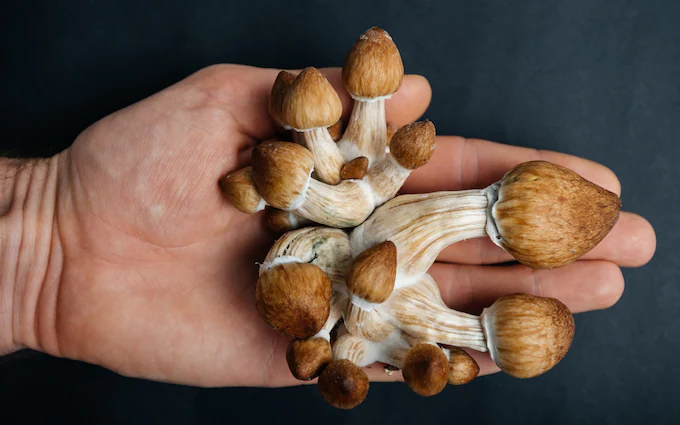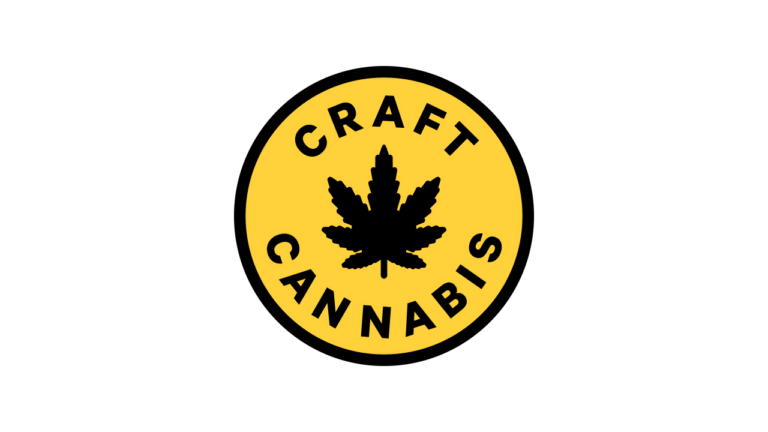THE LOW THC PLANT; HEMP
Hemp is a specific variety of the Cannabis sativa plant species that has been cultivated for thousands of years. Unlike marijuana, another variety of Cannabis sativa, hemp contains very low levels of THC, typically less than 0.3%. This low THC content means that hemp doesn’t have the psychoactive properties that create the “high” commonly associated with cannabis.
Hemp has been used for a multitude of industrial applications, from textiles to construction materials. In recent times, it has also become a key source for the extraction of CBD, mainly because the low levels of THC make it legally more palatable in jurisdictions that restrict cannabis use.
THE NON-PSYCHOACTIVE CANNABIDIOD.
CBD stands for cannabidiol, one of the most abundant cannabinoids found in both marijuana and hemp plants. Unlike THC, CBD doesn’t produce a psychoactive effect, making it attractive for a range of applications, from medical treatments to wellness products. CBD can be extracted from both hemp and marijuana plants, but legal CBD products are most commonly derived from hemp, owing to its low THC content.
HEMP: A BRIEF HISTORY
The history of hemp is as old as human civilization itself, and it provides an enlightening lens through which to view the historical, social, and economic development of societies around the world. From its ancient origins to its modern resurgence, the tale of hemp is intrinsically linked to human progress and innovation.
Early Beginnings: The Neolithic Era to Ancient Civilizations
Hemp’s story can be traced back to around 8000 BCE, making it one of the first plants to be cultivated by human beings. Archaeological evidence indicates that early civilizations in regions like China and Taiwan used hemp for various purposes, such as fabric and food. As societies began to trade and expand, the cultivation of hemp spread across Asia and reached the Middle East and Europe.
In ancient civilizations like Egypt, hemp was used for textiles as well as for medicinal purposes. The Greeks and Romans also made use of hemp for making ropes and sails for ships, alongside its role in traditional medicine.
Middle Ages to the Renaissance
During the medieval period, hemp continued to serve a central role in society. It was used in the production of textiles like canvas, which is a derivative of the word “cannabis,” as well as in the creation of paper. Many European countries, such as France and England, encouraged hemp cultivation as a matter of national interest.
17th to 19th Centuries: Colonial Expansion
As Europeans began exploring and colonizing other parts of the world, hemp was often one of the crops introduced to new lands. In the United States, for example, early settlers were legally required in some colonies to grow hemp, given its industrial importance. Hemp fiber was used to create products like clothing, sails, and ropes, and it played a significant role in the economy.
20th Century: The Fall and Prohibition
The 20th century marked a period of decline for hemp, primarily due to its association with marijuana, its psychoactive cousin. The 1937 Marihuana Tax Act effectively made the cultivation and sale of all cannabis plants extremely difficult in the United States. Later, the Controlled Substances Act of 1970 classified hemp as an illegal Schedule I drug, despite its lack of psychoactive properties.
21st Century: A Resurgence
The 21st century has seen a remarkable resurgence in interest and acceptance of hemp, especially in Western countries. The 2018 Farm Bill in the United States federally legalized the cultivation of hemp with a THC content below 0.3%, marking a significant turn in policy and opening the door for industrial-scale cultivation and research.
Cultural Significance and Modern Applications
Today, hemp is gaining popularity not only for its fiber but also for its seeds, which are a rich source of protein and omega fatty acids. In addition, it serves as the primary source of CBD extraction, fueling the booming CBD industry. Environmentalists also advocate for hemp as a sustainable alternative to traditional crops, which are often resource-intensive.
In summary, hemp has had a long and complex history, shaped by cultural, economic, and legal factors. Its versatile applications have ensured its continued relevance, and recent changes in legislation indicate a promising future for this ancient plant.
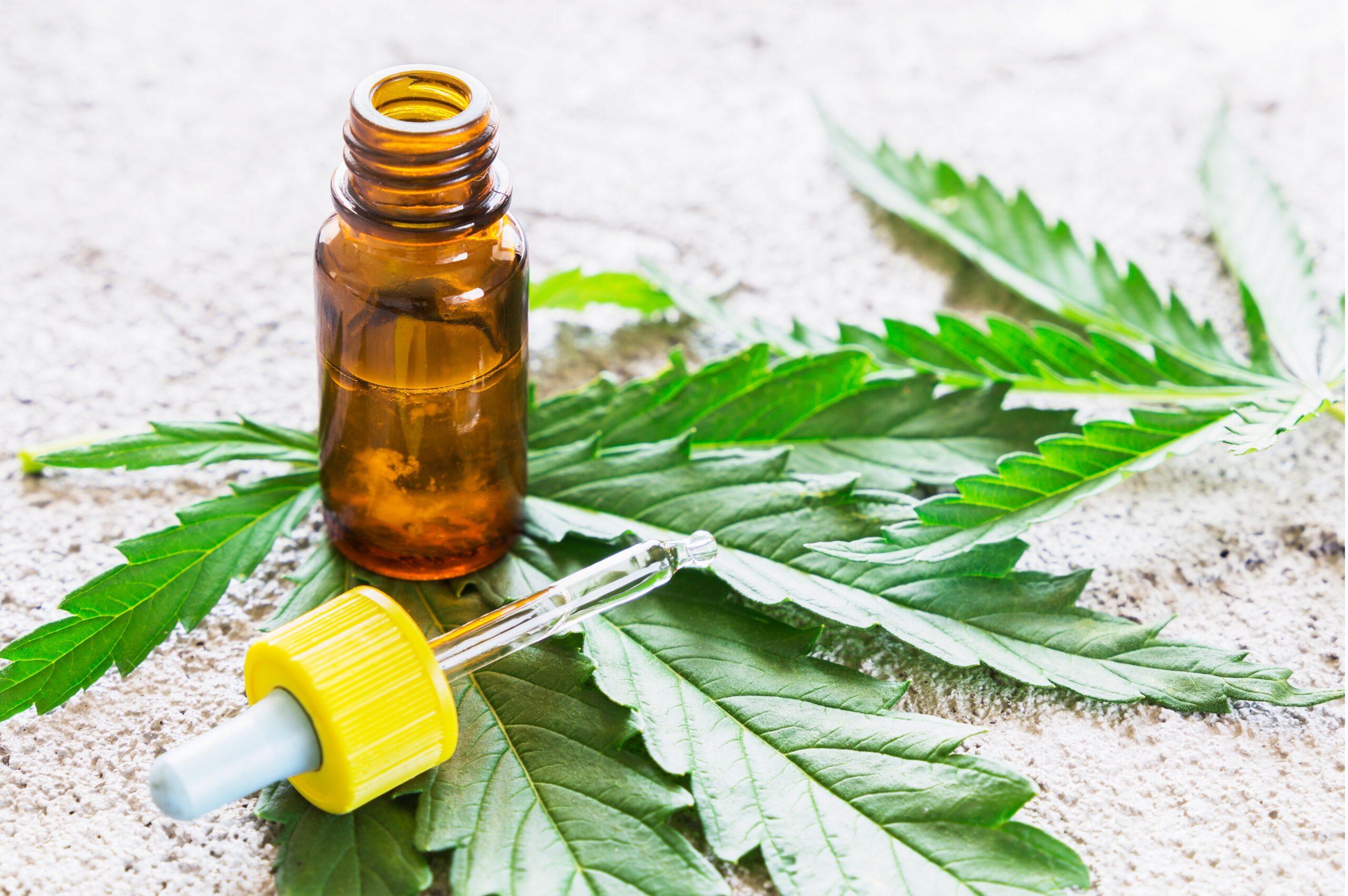
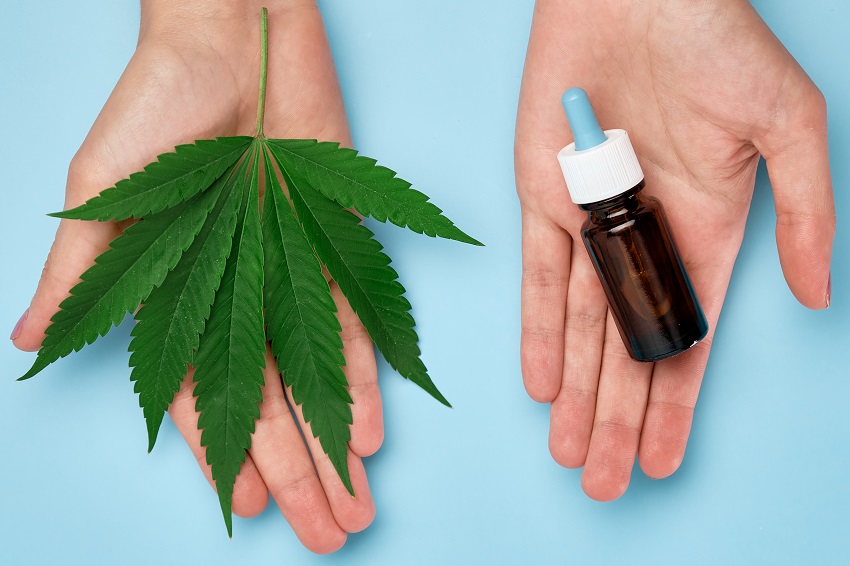
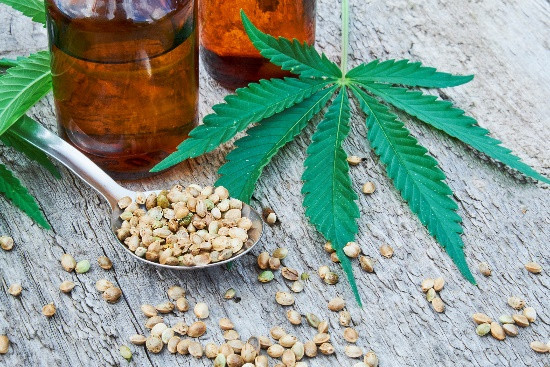
As the market for hemp and CBD products has expanded, so too have concerns about quality and safety. Without robust regulations, the market is susceptible to the introduction of subpar or even dangerous products. This section delves into some of the primary issues consumers and regulators face in ensuring that hemp and CBD products meet acceptable standards.
Lack of Standardization
One of the most significant challenges is the lack of a unified set of standards for hemp and CBD products. This lack can result in inconsistent quality, with some products containing much less or much more CBD than advertised. In more alarming cases, products may contain harmful levels of contaminants.
Contaminants and Adulterants
Given that hemp is a bioaccumulator—meaning it absorbs substances from the soil—it’s crucial for it to be grown in clean conditions. However, not all growers adhere to best practices, and some hemp may contain heavy metals, pesticides, or other harmful substances. Additionally, poor extraction processes can introduce solvents and other contaminants.
Mislabeling and False Claims
An unfortunate side effect of the CBD boom is the proliferation of misleading or outright false claims. Some products promise medical benefits that are not backed by substantial evidence, confusing consumers and potentially leading to wasted money or delayed medical treatment.
THC Content
Although hemp is legally required to contain less than 0.3% THC, improper cultivation or extraction methods can result in a higher concentration. This oversight can not only make the product illegal but also produce unintended psychoactive effects.
Third-Party Testing and Certificates of Analysis (COAs)
One of the most reliable ways to verify the quality of a hemp or CBD product is through third-party lab testing. Reputable manufacturers will provide Certificates of Analysis (COAs) that confirm the product’s cannabinoid profile and check for the presence of contaminants. Consumers are advised to look for these COAs when making a purchase.
Regulatory Oversight
Although the 2018 Farm Bill marked a significant step in the right direction, there is still a need for more comprehensive federal regulations concerning the cultivation, processing, and sale of hemp and CBD products. This would help standardize quality and safety measures across the board.
Consumer Education
Consumers play a vital role in shaping the market. The more educated the consumer base, the higher the demand for quality products, which in turn will drive more rigorous safety and quality standards. Consumer advocacy groups, as well as educational campaigns, can play a significant role in raising awareness about what to look for in a quality product.



